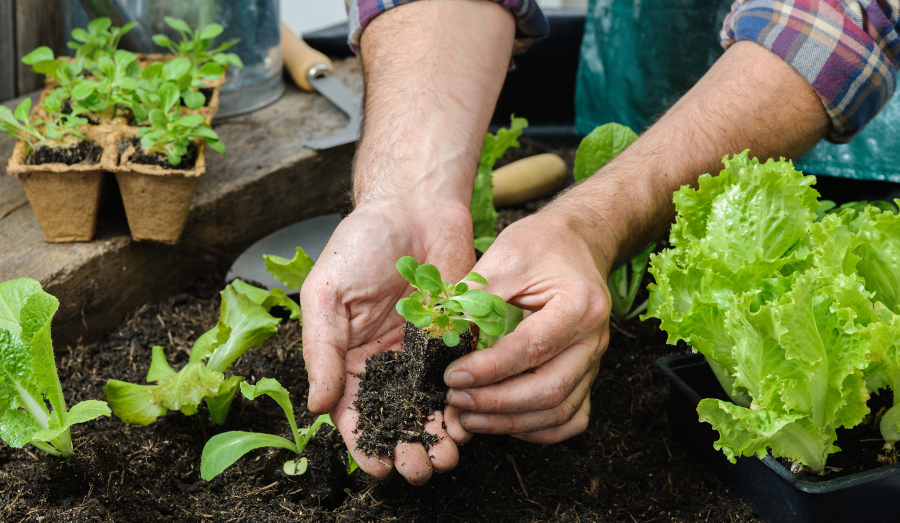Now that the weather has finally started getting warmer in most areas of the country, many people are naturally turning their attention to gardening. With the growth in popularity of farm-to-table agriculture, more and more people are deciding to grow their own food. Whether that’s on several acres of farmland, or just in a few pots on your deck, here are a few things to consider when growing your own food.
1. Location, Location, Location
Plants need two things to grow: water and sunlight. Thanks to modern infrastructure we can take care of the water ourselves even when Mother Nature is stingy. But sunlight is a lot harder to replace. If you’re living on a small lot or in a townhouse with a north-facing or east-facing yard, it’s going to be a lot more difficult to grow things than in a south-facing or west-facing yard.
That’s not to say it’s impossible to grow things with northern exposure, but sun-loving plants such as peppers and tomatoes, while they will grow with northern light, will not produce nearly as much as they would with southern exposure.
2. Don’t Bite Off More Than You Can Chew
We’ve all seen the YouTube videos of green thumbs whose back decks are full of greenery: pots overflowing with tomatoes, lettuce, and squash, and vertical planters to take advantage of every inch of space. But they didn’t become experts overnight, and neither will you.
Trying to grow too much all at once will more likely lead to frustration than it will to an abundance of produce. From seeds that won’t germinate to plants that won’t produce to infestations of insects, gardening can suck up an incredible amount of time. Start slowly and work up your expertise over time.
3. Pick the Right Plants
Yes, orangeries may have been a thing in Northern Europe but that doesn’t mean you can jump right in planting tropical fruit in a climate that isn’t suited to it. There’s a reason certain plants are grown commercially in certain areas, and climate has a great deal to do with it. You may be able to grow certain types of bananas in New England or certain types of apples in Miami, but those aren’t ideal climates for those types of plants.
Similarly, you may find it wearisome to grow plants that you can find easily at your local supermarket. Garden-variety potatoes, onions, tomatoes, etc. provide you no real benefit over what you can find at the store. Focus on foods that are more difficult to find and grow, like heirloom tomatoes, purple potatoes, celery root, exotic peppers, or plants that give you a huge bang for the buck like assorted herbs.
4. Put in the Effort to Support Your Plants
You’re not going to be able to just sticks seeds in the ground, water them, and let them grow. You’ll need to tend them religiously, watching for signs of insect infestation, nutrient deficiencies, and under- or over-watering. You’ll need to water them, provide fertilizer, and ensure that the soil is the proper pH and drains properly. You may need to prune, trim, or thin plants too depending on how much space you have. But if you’re willing to put in the time and effort to keep your plants healthy then you could be richly rewarded come harvest time.
This article was originally posted on Red Tea News.





